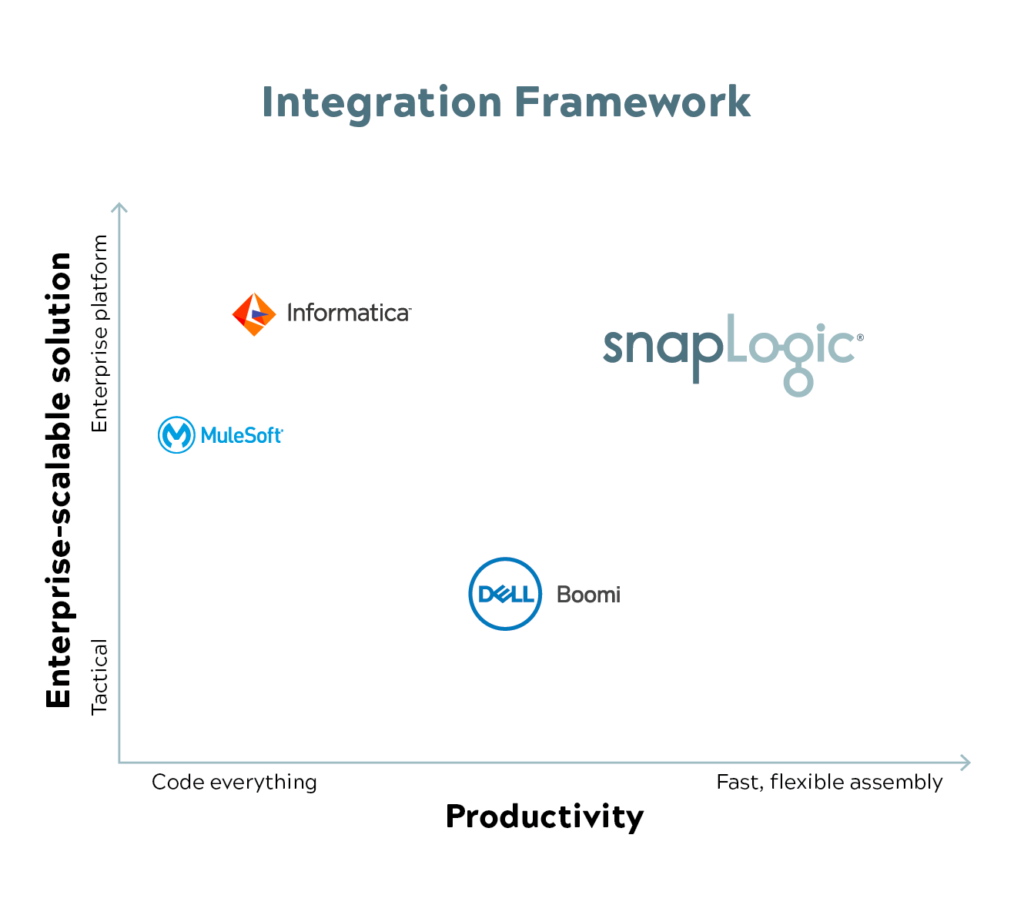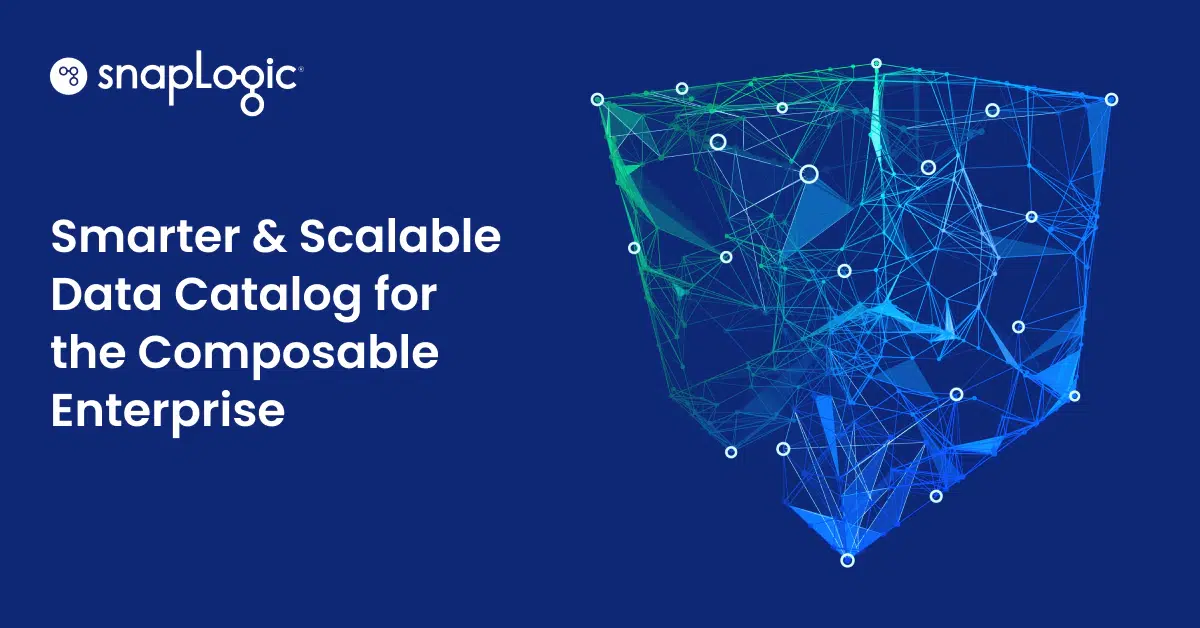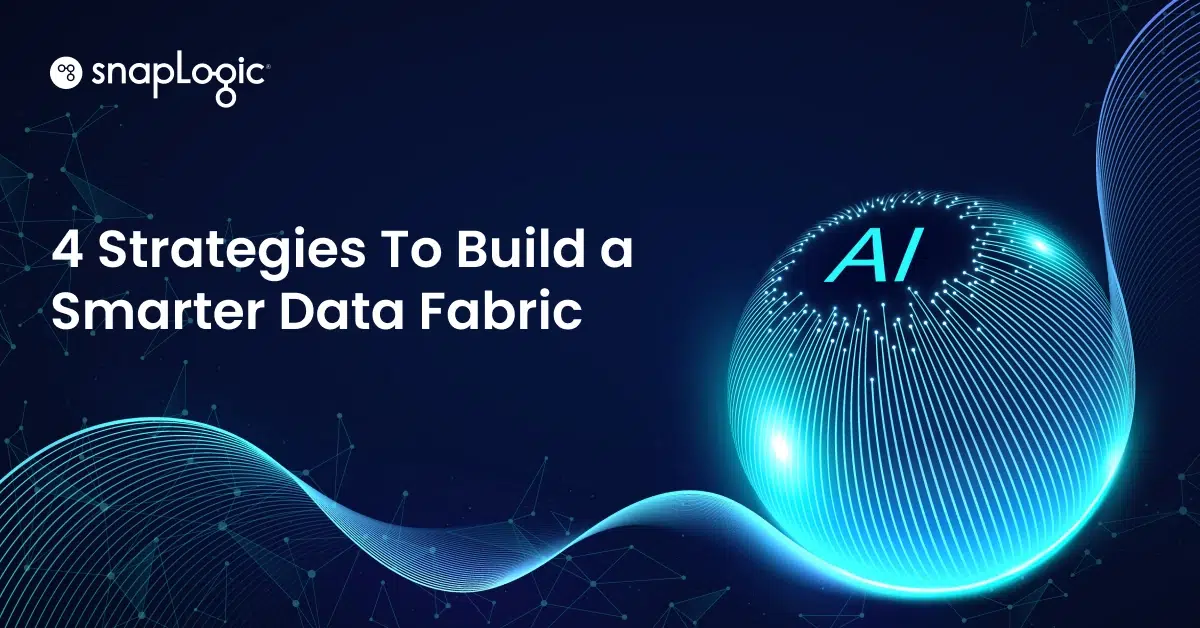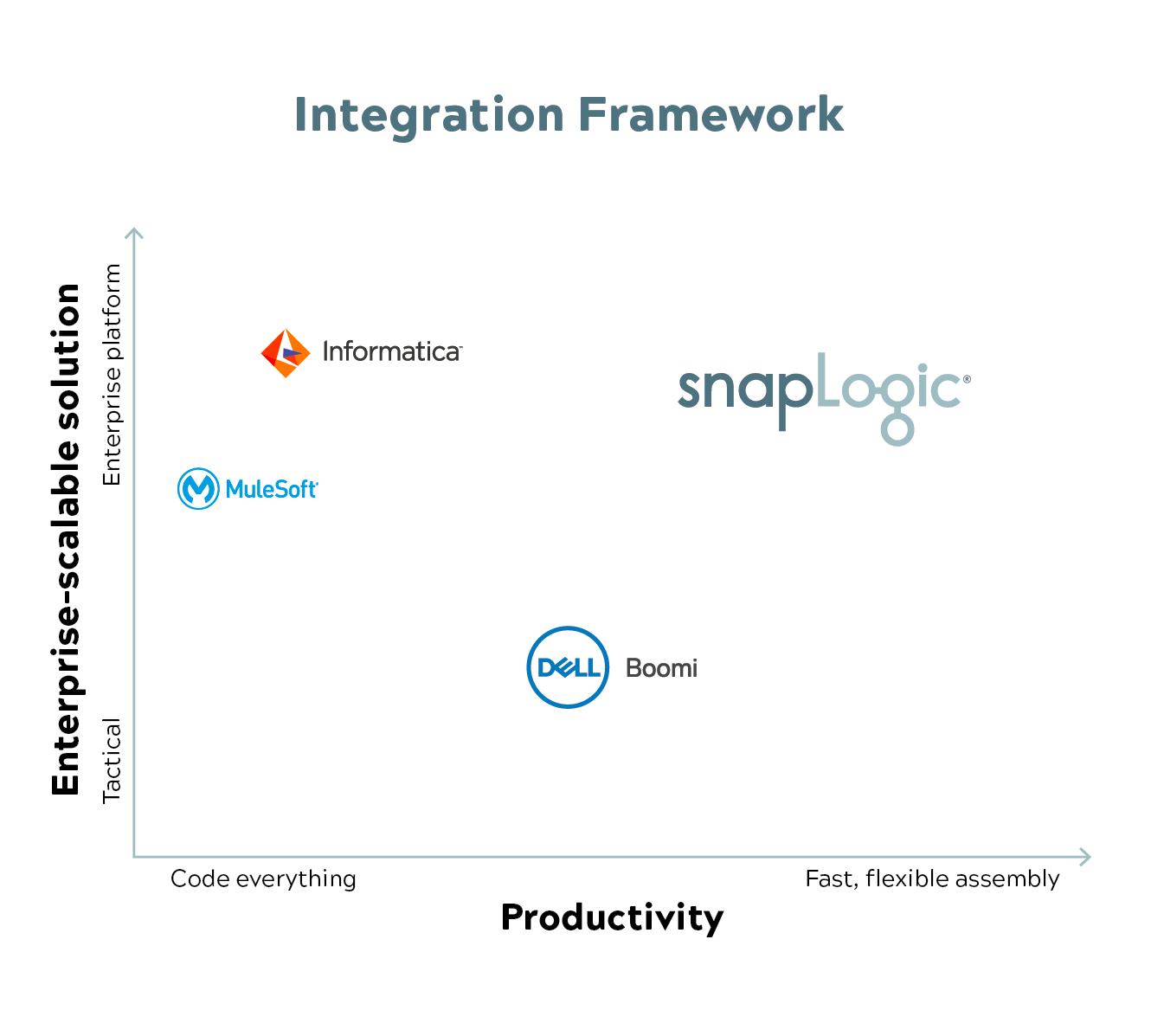Today’s most successful companies share a core belief – that all decisions should be data-driven. And look at the results – Tesla, Amazon, and Netflix are far more valuable than their older competitors like GM, Walmart, and CBS. So if all companies should share the mission to become data-driven, why are so many struggling to get there?
The problem is that data production has exploded due to the proliferation of sensors, IoT, mobile computing, and the fact that more parts of your business want access to fresh data to drive your increasing appetite to innovate faster. CEOs look to their CIOs as the data service executive – critical for speeding innovation, making better and faster decisions across the company, and delivering shareholder value. But that doesn’t mean IT will get more resources. In fact, IT’s data integration project backlogs are growing far faster than budgets. It’s time to ask why isn’t your company 100-percent data-driven and what are the proven ways to be successful given these intense challenges?
In my business, I am fortunate to meet with the world’s top CIOs and technology leaders and have seen three consistent patterns that make IT teams successful:
1) Speeding execution across diverse IT integration projects
2) Using modern (and proven) iPaaS technology to increase productivity
3) Applying analytics to improve IT performance across integration projects
By following these, your company will clearly understand your strategy and progress, making it easier to support you with prioritization trade-offs and resources. I’ll briefly walk through these three critical success factors.
Managing IT integration projects
Most IT organizations are very good at project management. What IT is typically less proficient at is applying different resources and metrics to each project. Here are simple definitions for the types of integration projects I see:

What’s critical is to evaluate technology that can support all types of IT integration projects so you don’t need as much cross-training or specialization of your people. Your teams will be happier and more productive using modern products that are flexible, friendly, and that scale across projects. Nothing crushes an IT organization more than maintenance – keeping up with broken integrations, APIs, and data cleanliness as these projects scale.
Using modern iPaaS technology
Technology is the best way to increase productivity without having to hire a ton of new people e.g., programmers. And given the increase in complexity of IT’s integration projects, you need a platform that will deliver a 10x productivity improvement.
Gone are the days when IT needed hundreds of coders to build ETL solutions and then maintain them by writing more code. Deploying a tactical or departmental solution should take days, not months. And completing your enterprise-wide data transformation projects should take months, not years. Modern iPaaS platforms have focused on flexibility and ease of deployment for any integration project – drag and drop UX coupled with a powerful platform and hundreds of pre-built connectors out of the box.
I think the two most critical dimensions to consider are scalability versus productivity – will your iPaaS solution handle tactical AND enterprise-wide projects? And will it make your people 10x more productive? I think it’s helpful to map these vendors from the perspective of scalability and productivity, which I’ve done below. Obviously, I’m biased, but the point is that there are many tactical alternative vendors, (while I believe that) SnapLogic is the only vendor able to scale while remaining easy to use.
The integration framework chart below shows enterprise-scalable solutions and how they impact productivity.
Applying analytics to improve IT performance across integration projects
There’s a straightforward, five-step approach all IT teams typically take for integration projects:

It’s important to monitor, measure, and analyze progress along each stage in order to drive continuous improvement. Here are the top five iPaaS productivity metrics I’ve seen:
- Integrations completed per month, per person
- Total integrations completed per month
- Time to complete integration projects (before/after)
- Productivity per person & per project & per stage (the above five stages)
- IT backlog
By using a modern platform that doesn’t require a ton of custom coding, your projects deploy and scale up faster, often as much as ten times faster than the old way. And because connectors are always up-to-date, you don’t spend an inordinate amount of time maintaining every integration by hand. This saves an incredible amount of time, money, and frustration across your team and projects.
SnapLogic partners with CIOs and IT organizations to speed integration project delivery while increasing productivity by a 10x order of magnitude. We have hundreds of happy customers that have deployed us across tactical, departmental, and enterprise-wide projects. I would love the opportunity for us to share more about how we could partner with you.














